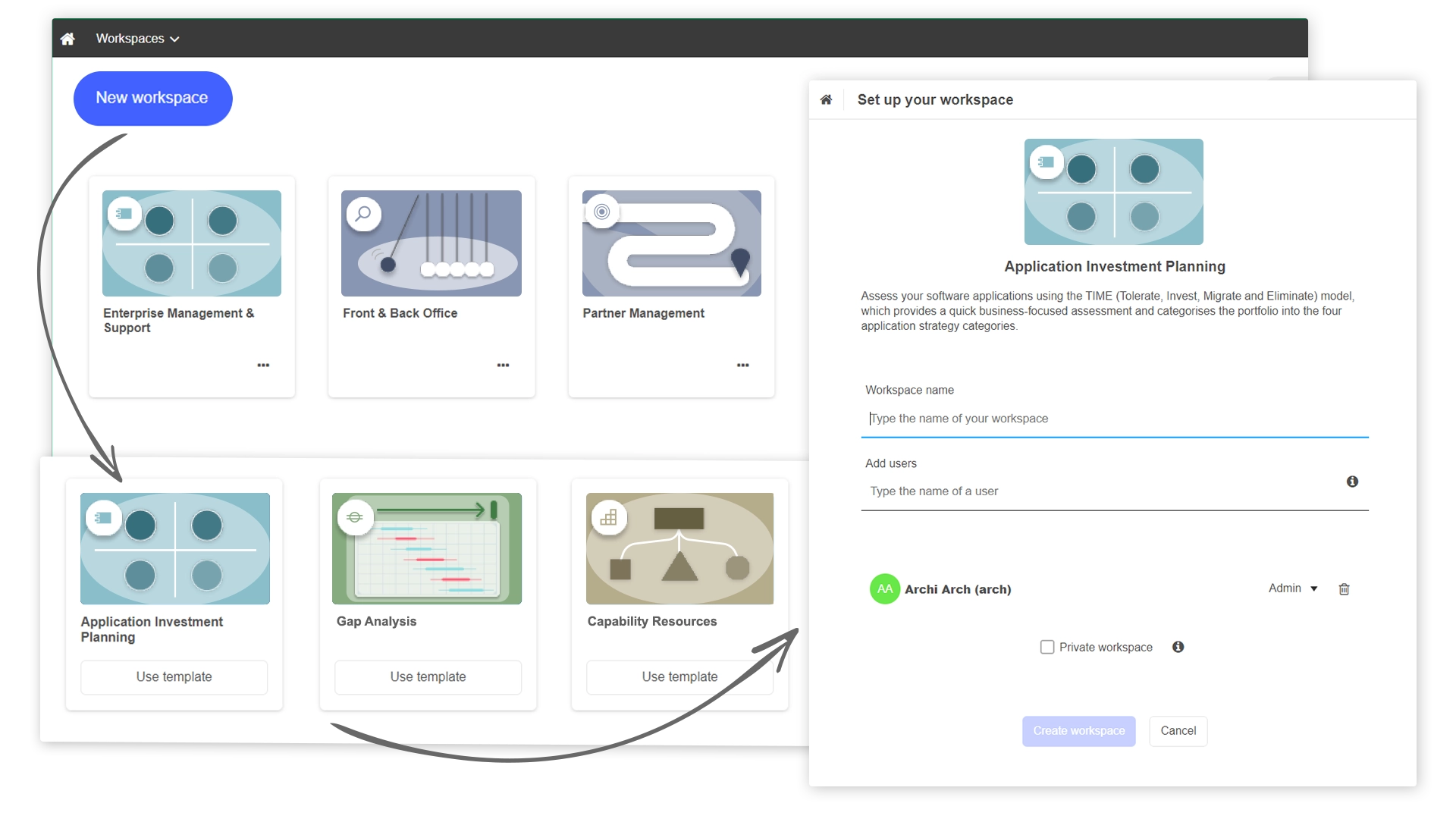Introduction
In today’s dynamic business landscape, where adaptability is key, organizations are always on a relentless quest to boost efficiency, streamline processes, and navigate ever-changing environments. This pursuit is often accompanied by different tools and methodologies, with Enterprise Architecture (EA) standing out as a particularly successful practice. Traditionally, EA has been perceived as a complex and resource-intensive domain. However, a paradigm shift towards a service-based approach to EA has proven to be a game-changer for organizations aiming to seamlessly align their business strategies with IT initiatives.
In this blog post, we’ll explore the transformative benefits of a service-based approach to Enterprise Architecture. From user-friendly enhancements to robust support for compliance, find out how this strategic shift is revolutionizing the business-IT synergies. Let’s dive in!
Benefits of service-based approach to Enterprise Architecture
1. Improving Ease of Use
One of the primary advantages of a service-based approach to EA is the significant improvement in the ease of use. By encapsulating complex EA processes into easily consumable services, organizations can simplify the overall architecture, making it more user-friendly. This enhances accessibility for stakeholders across different business units and accelerates decision-making processes – by providing a clear and concise view of the enterprise landscape.
2. Refining the Scope Definition
A service-based approach allows organizations to define the scope of their EA assessments more precisely. Modularizing EA services facilitates a more granular assessment of specific aspects of the enterprise, allowing for targeted results without overwhelming complexity. This refined scope ensures that assessments are tailored to address specific business challenges and opportunities, leading to more actionable insights.
3. Reducing Training
Traditional EA approaches often require extensive training and a deep understanding of complex frameworks, such as TOGAF or ArchiMate. With a service-based model, organizations can reduce the learning curve for EA practitioners. By providing out-of-the-box services, individuals can focus on leveraging EA tools and insights rather than navigating intricate methodologies. This accelerates the adoption of EA while promoting a more agile and responsive organizational culture.
4. Reducing Resource Commitments
In a service-based EA model, resources are allocated more efficiently as organizations can scale their EA efforts based on specific needs. This flexibility helps in preventing over-commitment in areas where it may not be necessary. By optimizing resource utilization that breaks down the enterprise into modular services, businesses can allocate resources more effectively, optimizing hardware, software, human resources, and thereby contributing to cost savings.
5. Encouraging Standardization and Repeatability
Service-based EA encourages the institutionalization of best practices and fosters repeatability across the organization by standardizing services and processes. This creates a foundation for consistent EA practices, ensuring continuity in the face of personnel changes and facilitating the establishment of a robust EA framework that evolves with the organization’s needs. Such consistency is vital for strategic decision-making and aligning disparate business units toward common goals.
6. Agility and Flexibility: Navigating Change with Ease
One of the key advantages of a service-based approach lies in its ability to provide agility and flexibility. In a world where change is constant, organizations need to be nimble in responding to shifting market demands and technological advancements. Services, designed to be modular and loosely coupled, allow for the seamless adaptation to evolving business requirements. This agility enables organizations to stay ahead of the curve and swiftly adjust their architectural landscape to meet emerging challenges.
7. Improved Collaboration: Fostering Cross-Functional Teams
At the heart of any successful enterprise lies effective collaboration. Different teams can work on various services independently, fostering collaboration while maintaining a focus on specific business functions. This collaborative spirit ensures that diverse skill sets contribute to the success of individual services, creating a perfect synergy. A service-based approach also aligns well with cross-functional teams and overall supports you in democratizing your EA initiative.
ADOIT’s service-based EA approach with Workspaces
Following the principles of a service-based approach to EA mentioned above, our tool’s Workspaces help you tackle specific EA use cases in the most direct and efficient way possible, providing a guided step-by-step approach to solving your specific business challenges. Workspaces in ADOIT help you open up Enterprise Architecture to a broader business audience and address common EA practices in a smart, collaborative, and focused way. By targeting both experts and non-experts, business and IT specialists, Workspaces support you in generating lasting value through your EA initiative in only a few steps.
Hint: As an example, check out ADOIT’s Workspace for easing the process of application investment planning.
Summary
In conclusion, a service-based approach to Enterprise Architecture is a strategic imperative for organizations aiming to thrive in the digital age and boost their EA potential. The benefits of agility, reusability, efficiency, improved collaboration, business alignment, and ease of use collectively make a compelling case for the adoption of this practice. The advantages of a service-oriented mindset are far-reaching, offering a myriad of strategic benefits for organizations navigating the complexities of the modern business environment.
As businesses continue to evolve, those embracing a service-oriented architecture will find themselves well-equipped to navigate the challenges and seize the opportunities that lie ahead. It’s a step toward future-proofing the enterprise and fostering a culture of adaptability and innovation – essential for sustained success in today’s dynamic business landscape. And our EA tool, ADOIT, is rigged and ready to accompany you on this journey!







